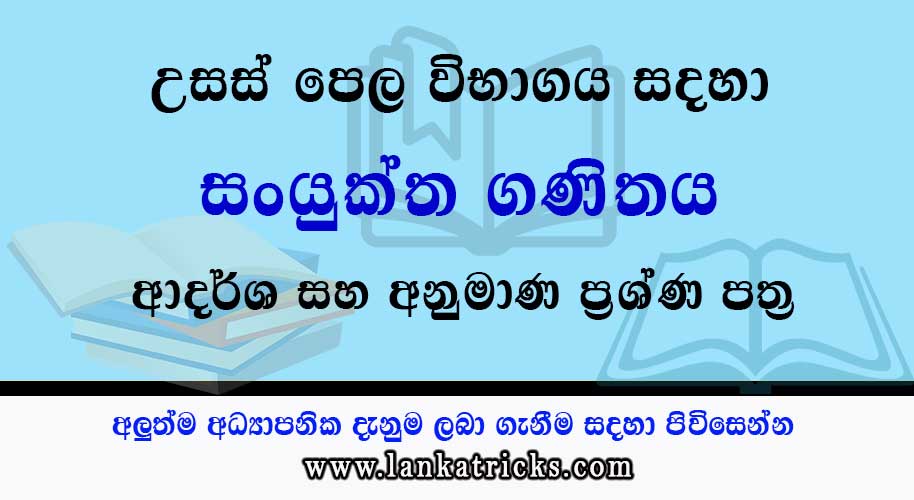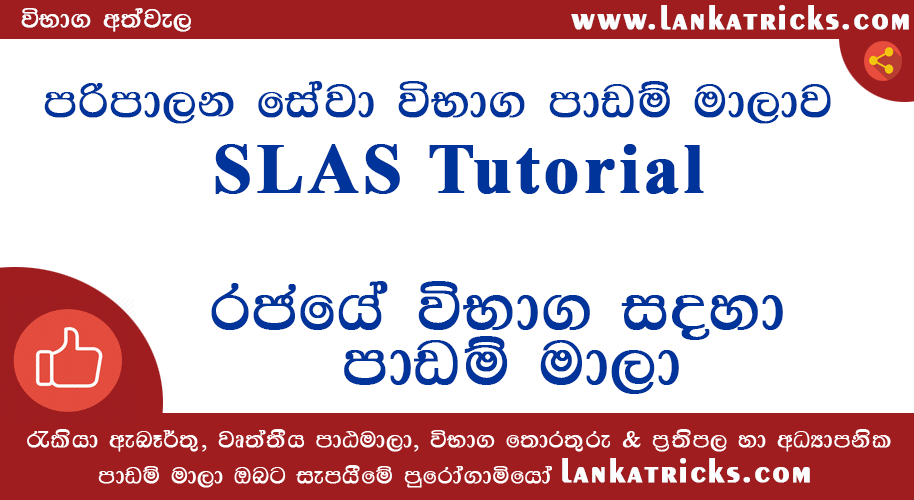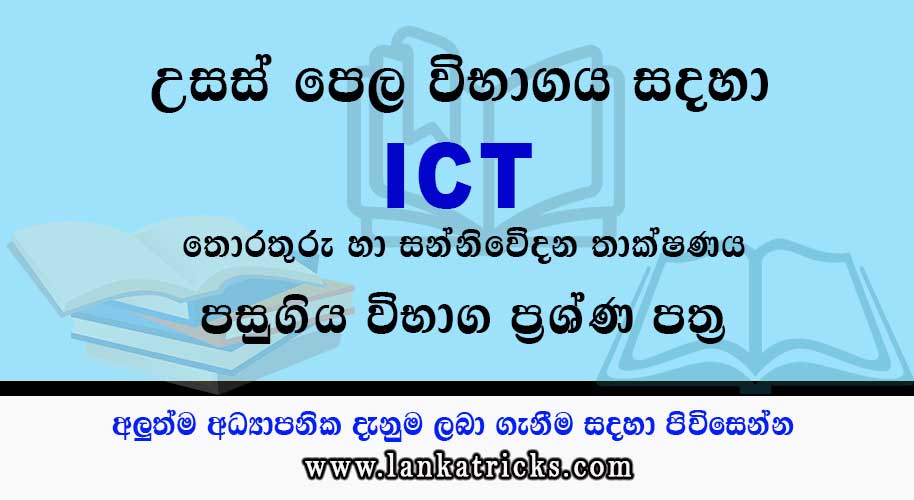Fundamental Insurance Equation - Actuarial Techniques Part 03
Published 6 years ago by LankaTricks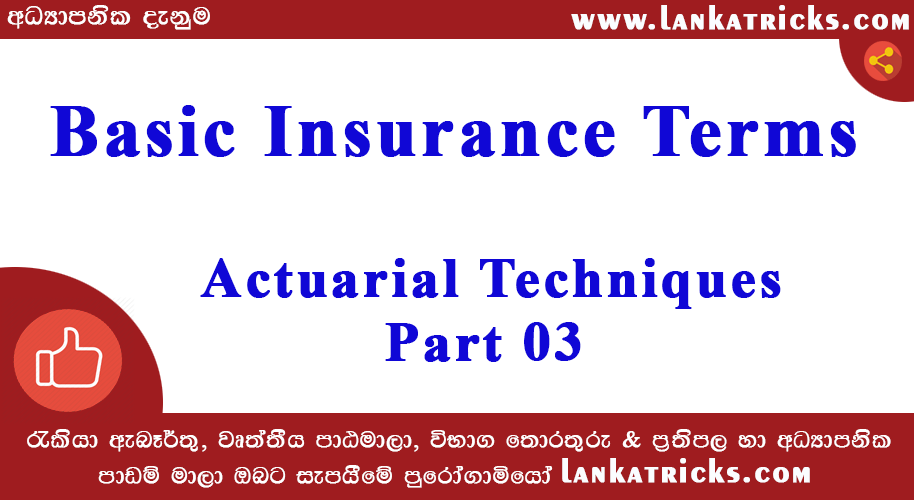
This is the third lesson of actuarial techniques. This part also discuss another terms of Fundamental Insurance Equation. if you don’t read second parts of this lesson. you can learn by using following link.
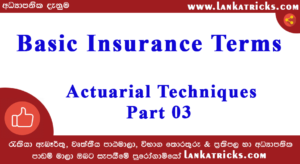
The basic economic relationship for the price of any product can be given as follows:
Price = Cost + Profit
This general economic formula can be tailored to the insurance industry using the basic insurance terminology outlined in above. Premium is the “price” of an insurance product. The “cost” of an insurance product is the sum of the losses, claim-related expenses, and other expenses incurred in the acquisition and servicing of policies. Underwriting profit is the difference between income and outgo from underwriting policies, and this is analogous to the “profit” earned in most other industries. Insurance companies also derive profit from investment income.
Making those substitutions, the prior formula is transformed into the fundamental insurance equation:
Premium= Losses + LAE + UW Expenses + UW Profit
The goal of ratemaking is to assure that the fundamental insurance equation is appropriately balanced. In other words, the rates should be set so that the premium is expected to cover all costs and achieve the target underwriting profit.
There are two key points to consider in regards to achieving the appropriate balance in the fundamental equation:
- Ratemaking is prospective.
- Balance should be attained at the aggregate and individual levels.
Ratemaking is Prospective
Insurance is a promise to provide compensation in the event a specific loss event occurs during a defined time period in the future. Therefore, unlike most non-insurance products, the costs associated with an insurance product are not known at the point of sale and as a result need to be estimated. The ratemaking process involves estimating the various components of the fundamental insurance equation to determine whether or not the estimated premium is likely to achieve the target profit during the period the rates will be in effect.
It is common ratemaking practice to use relevant historical experience to estimate the future expected costs that will be used in the fundamental insurance equation; this does not mean actuaries are setting premium to recoup past losses. “A rate is an estimate of the expected value of future costs”. Historic costs are only used to the extent that they provide valuable information for estimating future expected costs. When using historic loss experience, it is important to recognize that adjustments will be necessary to convert this experience into that which will be expected in the future when the rates will be in effect. For example, if there are inflationary pressures that impact losses, the future losses will be higher than the losses incurred during the historical period. Failure to recognize the increase in losses can lead to an understatement of the premium needed to achieve the target profit.
There are many factors that can impact the different components of the fundamental insurance equation and that should be considered when using historical experience to assess the adequacy of the current rates.
The following are some items that may necessitate a restatement of the historical experience:
- Rate changes
- Operational changes
- Inflationary pressures
- Changes in the mix of business written
- Law changes
The key to using historical information as a starting point for estimating future costs is to make adjustments as necessary to project the various components to the level expected during the period the rates will be in effect. There should be a reasonable expectation that the premium will cover the expected losses and expenses and provide the targeted profit for the entity assuming the risk. Later chapters will discuss various techniques to adjust past experience for these and other items.
Overall and Individual Balance
When considering the adequacy or redundancy of rates, it is important to ensure that the fundamental insurance equation is in balance at both an overall level as well as at an individual or segment level. Equilibrium at the aggregate level ensures that the total premium for all policies written is sufficient to cover the total expected losses and expenses and to provide for the targeted profit. If the proposed rates are either too high or too low to achieve the targeted profit, the company can consider decreasing or increasing rates uniformly. Two methods for calculating the overall adequacy of current rates are pure premium method and Loss Ration Method.
In addition to achieving the desired equilibrium at the aggregate level, it is important to consider the equation at the individual risk or segment level. “A rate provides for the costs associated with an individual risk transfer”. A policy that presents significantly higher risk of loss should have a higher premium than a policy that represents a significantly lower risk of loss. For example, in workers compensation insurance an employee working in a high-risk environment (e.g., a steel worker on high-rise buildings) is expected to have a higher propensity for insurance losses than one in a low-risk environment (e.g., a clerical office employee). Typically, insurance companies recognize this difference in risk and vary premium accordingly. Failure to recognize differences in risk will lead to rates that are not equitable.

